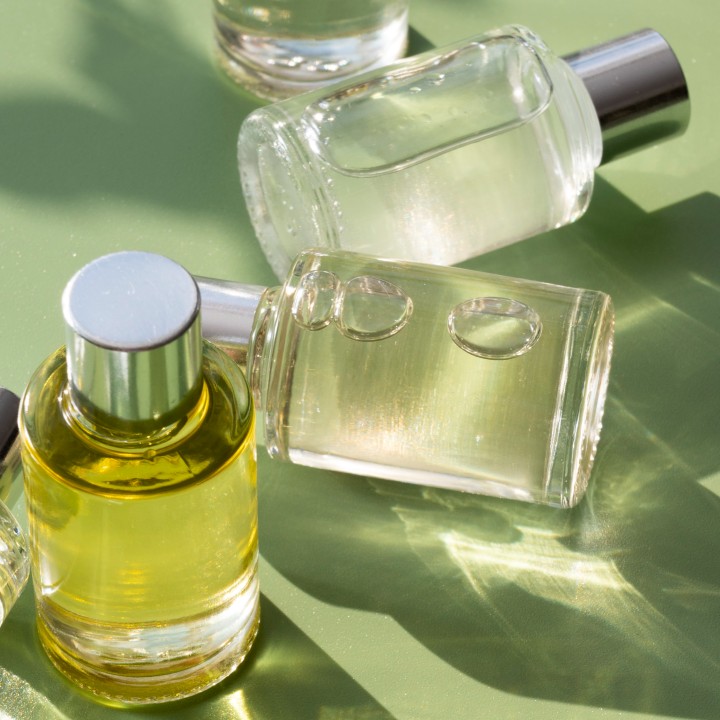
Fragrance lovers have strong opinions on how to layer perfumes. Some brands boast that their creations are best when they’re paired with a second, stronger scent; true fragrance aficionados (like me) attribute their signature scents to layering perfumes all on their own.
No one wants to accidentally douse themselves in too much perfume, or accidentally create a headache-inducing combination. Figure out how to layer perfumes right, however, and you’ll bring a memorable, personalized touch to your beauty routine.
"Layering perfumes is a great way to make something that is unique and individual for you," says Courtney Somer, founder of fragrance brand Lake and Skye. "It can give more options based on the ones you have in your fragrance wardrobe." A more complex, multidimensional scent isn't the only benefit, she adds. Layering perfumes also allows the overall scent to last longer.
So you can enjoy all the advantages of scent layering, I asked Somer to explain exactly how layer perfumes for a unique fragrance. Ahead, her advice on what, how, and where to apply your signature scent.
Keep It Simple
Start small when applying your base, or first-step, perfume. This will allow you to get a sense of what that fragrance smells like on your body and what's missing from its overall effect. If you start with an airy or fruity aroma, for instance, you may want to balance it out with something darker, like a musk, oud, or warm floral.
"The simpler the scent, the better to use as the base," Somer advises. "Something that is very strong or complex on its own may not be the best for layering."
A fragrance that already runs the risk of overwhelming others is best used sparingly and by itself. Just like in cooking, combining too many standout ingredients can result in an unpleasant cacophony for the senses.
For your first layered perfume combination, try a light scent. Somer recommends her own brand's 11:11 and 11:11 Azure fragrances, which she says have "a simpler note profile" ideal as a base fragrance in your layering routine.
From there, the expert suggests, "you can add a more complex fragrance on top."
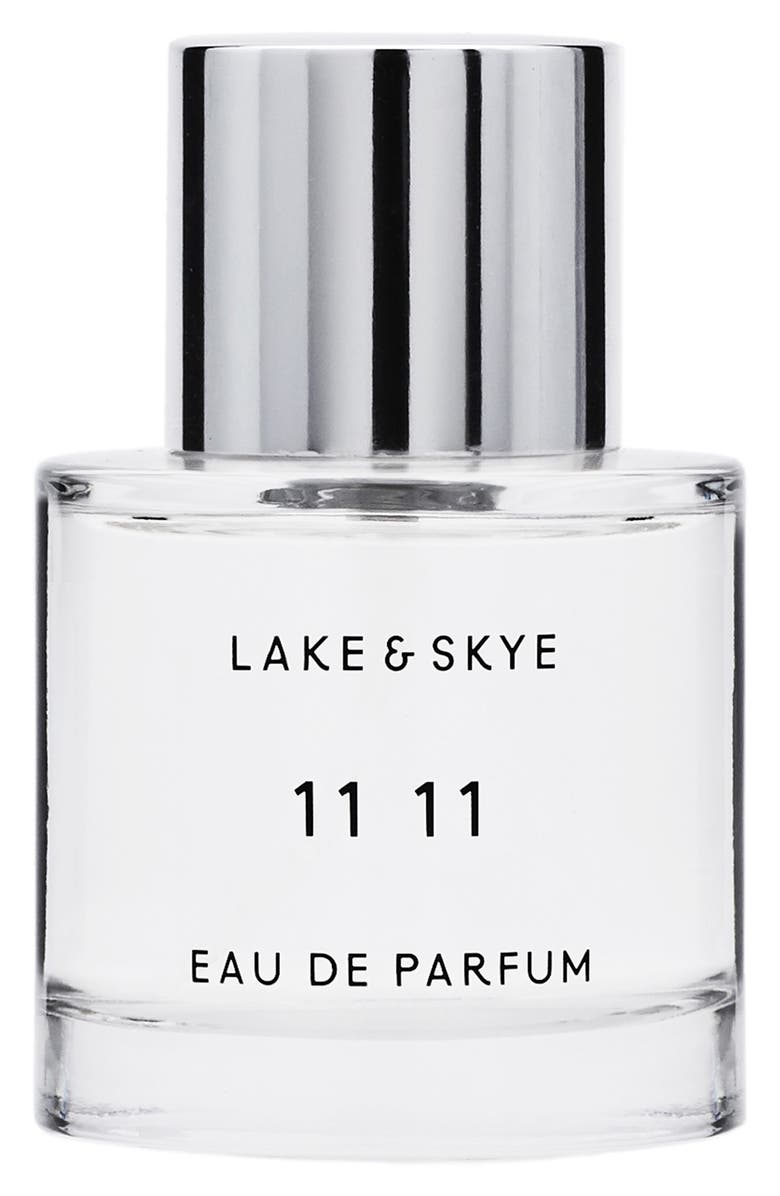
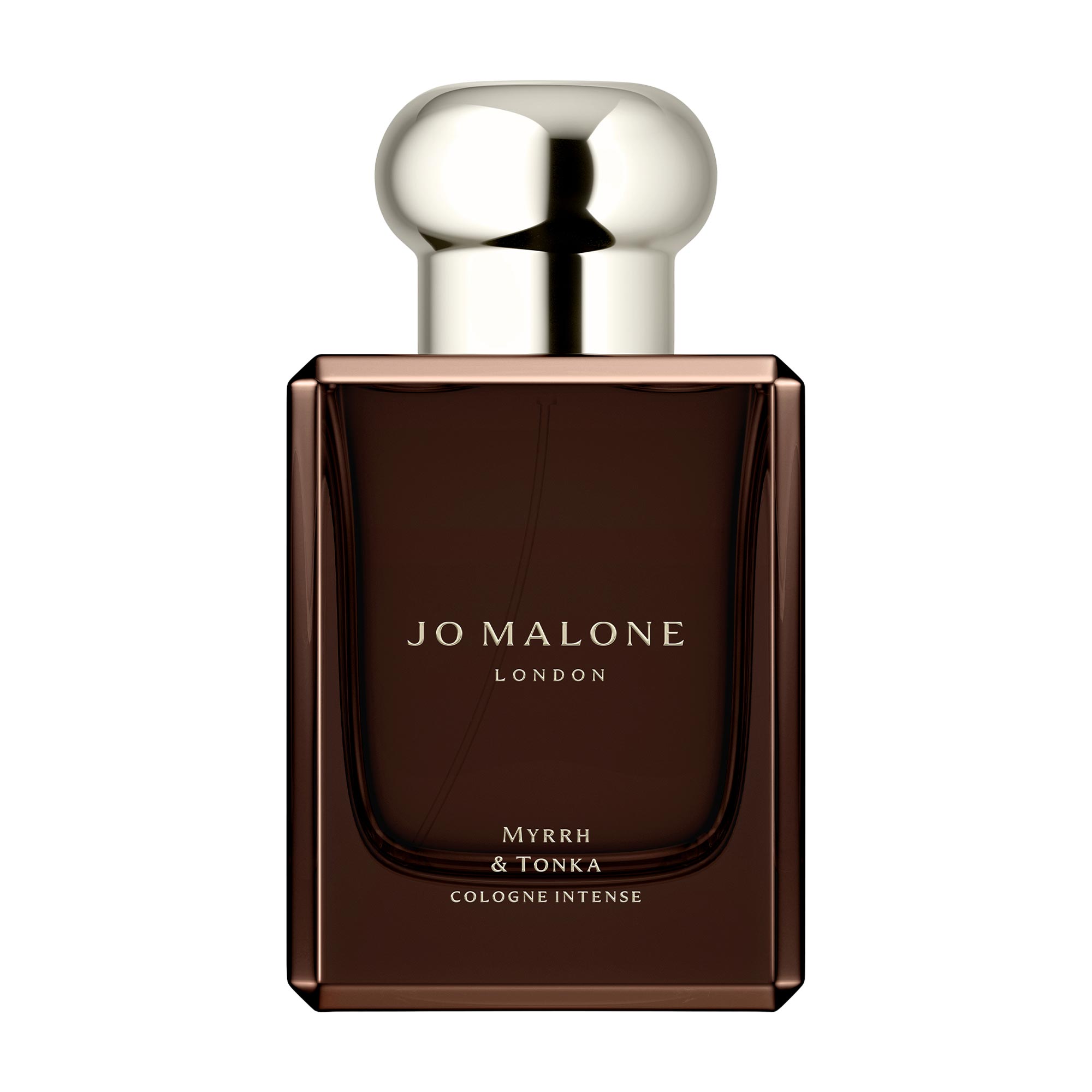
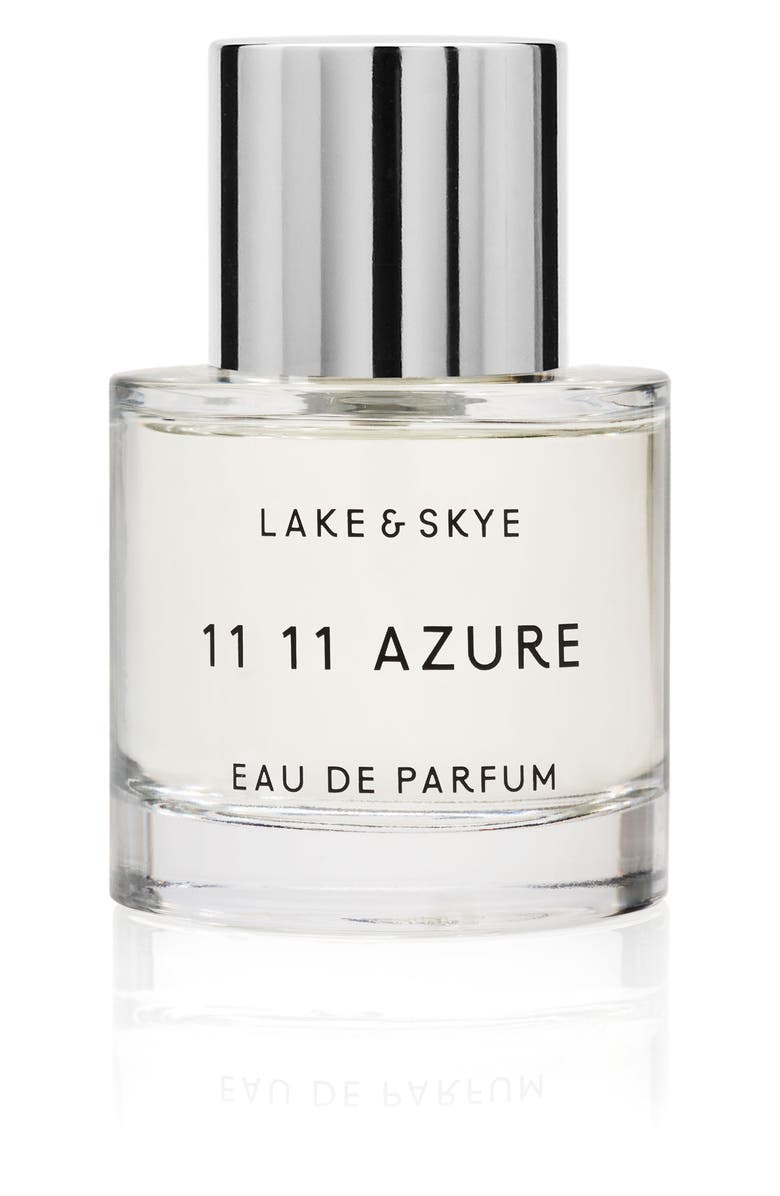
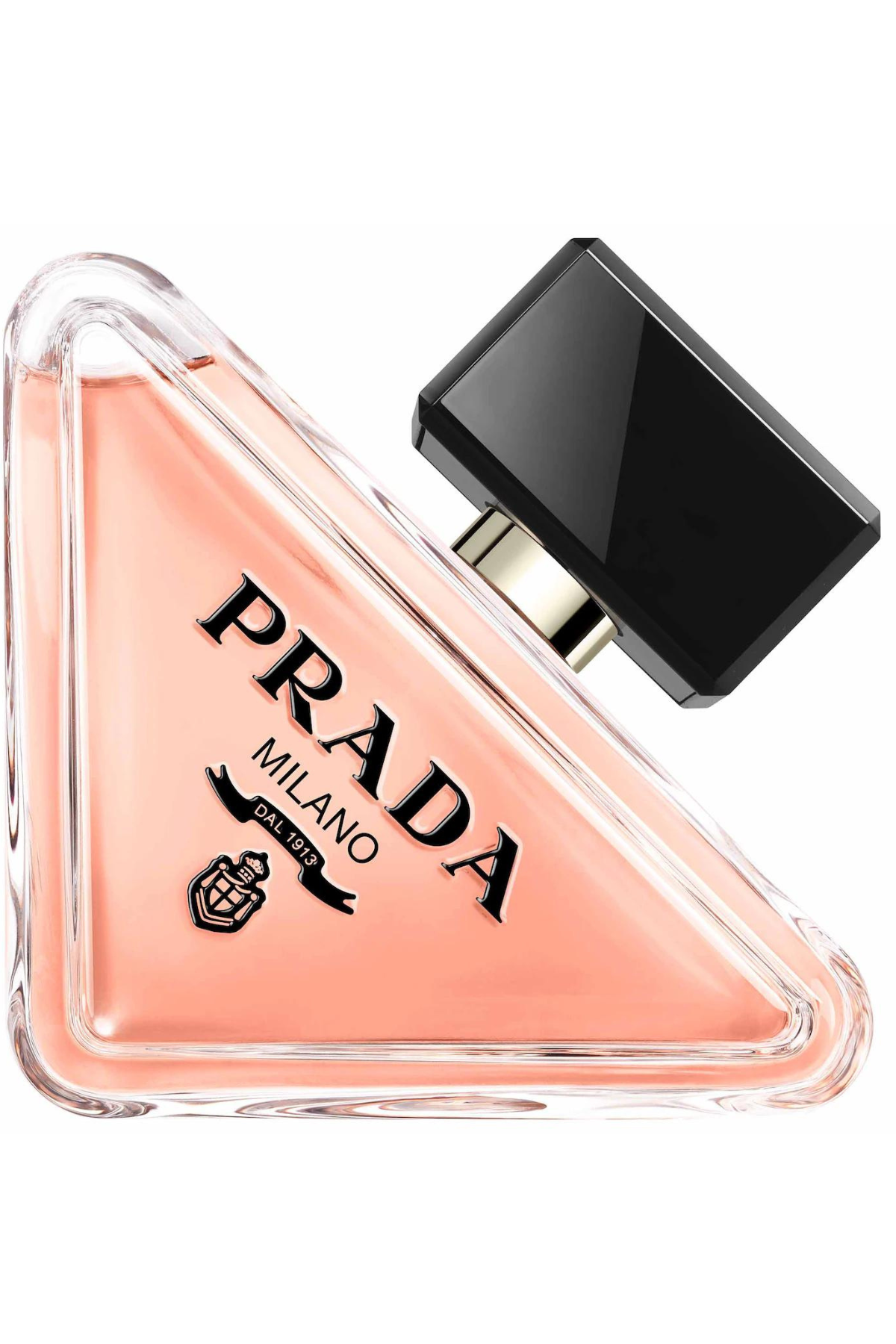
Choose the Right Scents
It's worth repeating: Your base scent is key in determining which other fragrance (or fragrances, plural) to add on top. You can combine opposite scents to create a sense of balance, or you can choose two fragrances that are harmonious with one another. The latter route is a safe bet if you're new to perfume layering.
"If scents are in the same olfactory category, they usually go well together," Somer agrees. "Florals are easily paired with other florals and simpler scents."
Personally, I like to layer scents that each have one key, dominant note. For instance, I might layer a pure rose perfume with an iris scent, or a pure oud with a clean, subtle fragrance. This adds dimension to the overall effect without combining too many disparate elements.
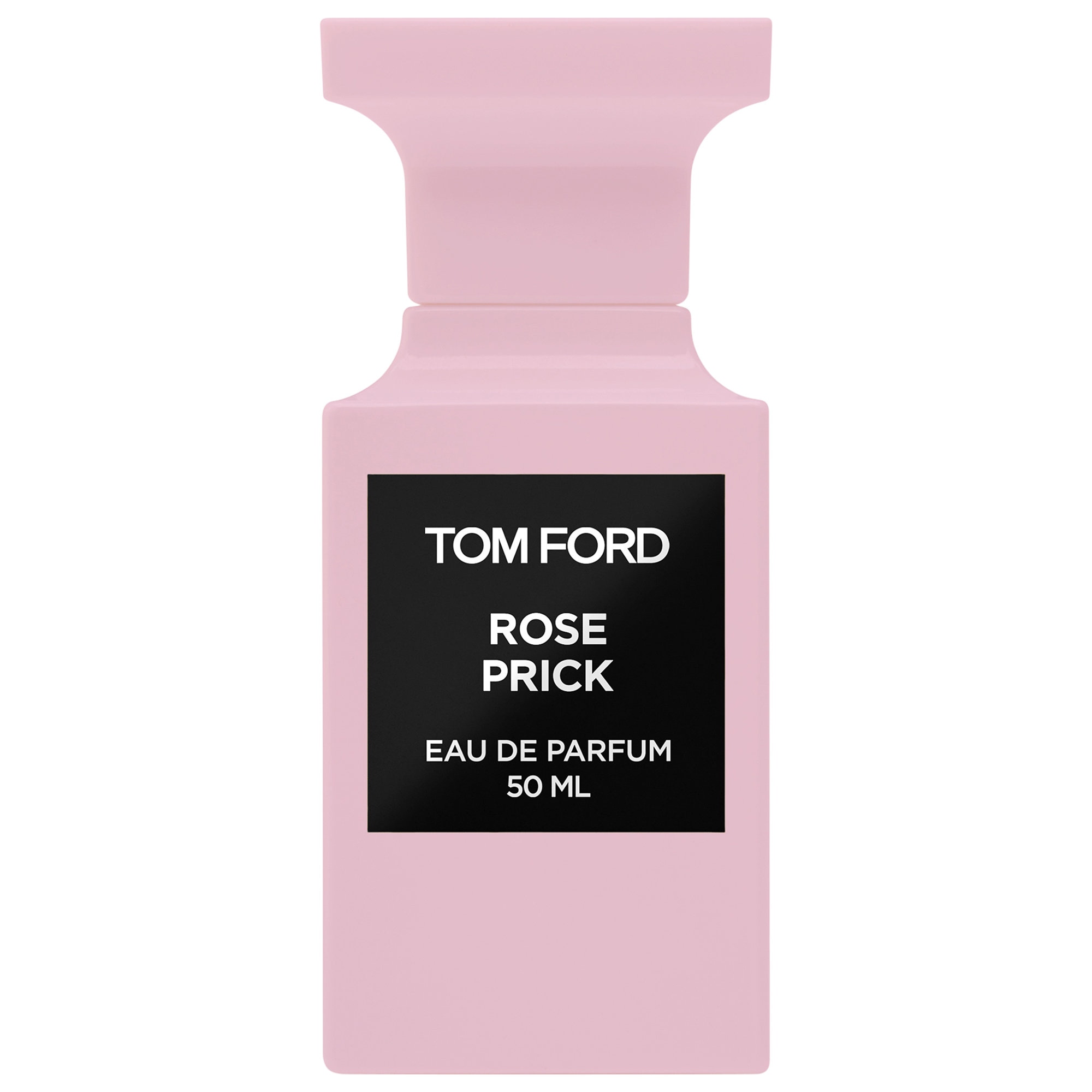
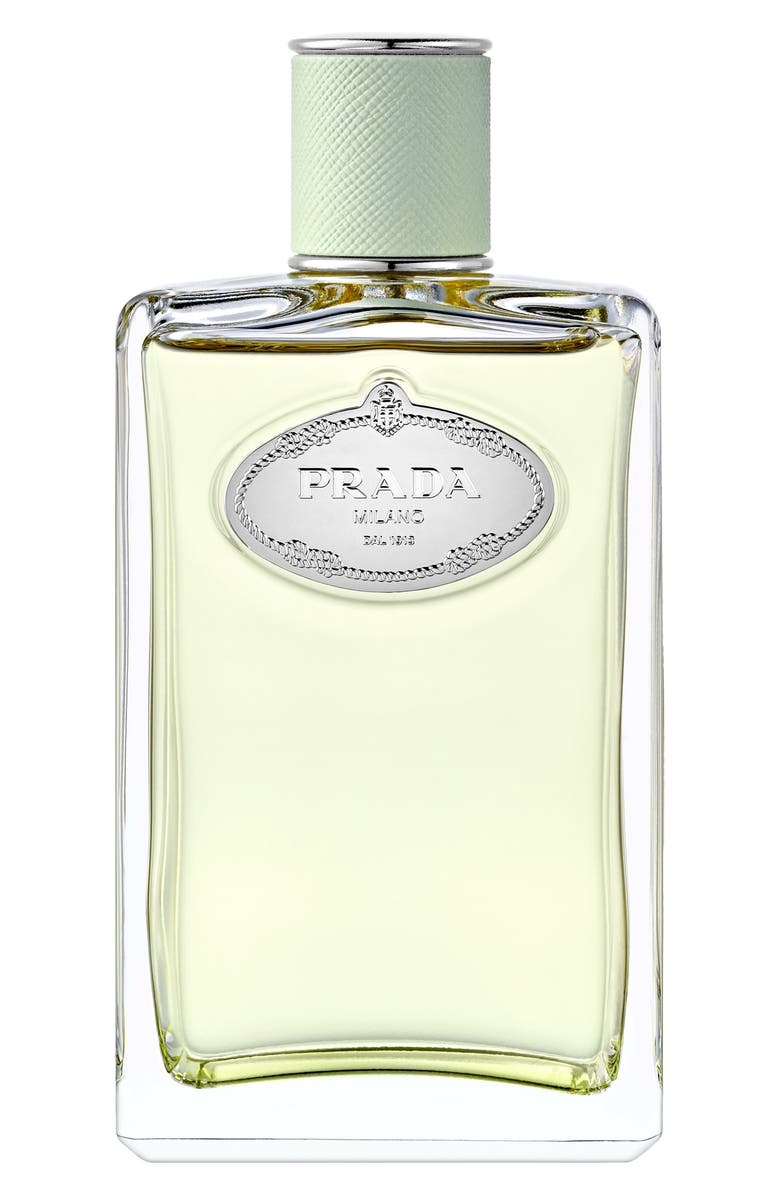
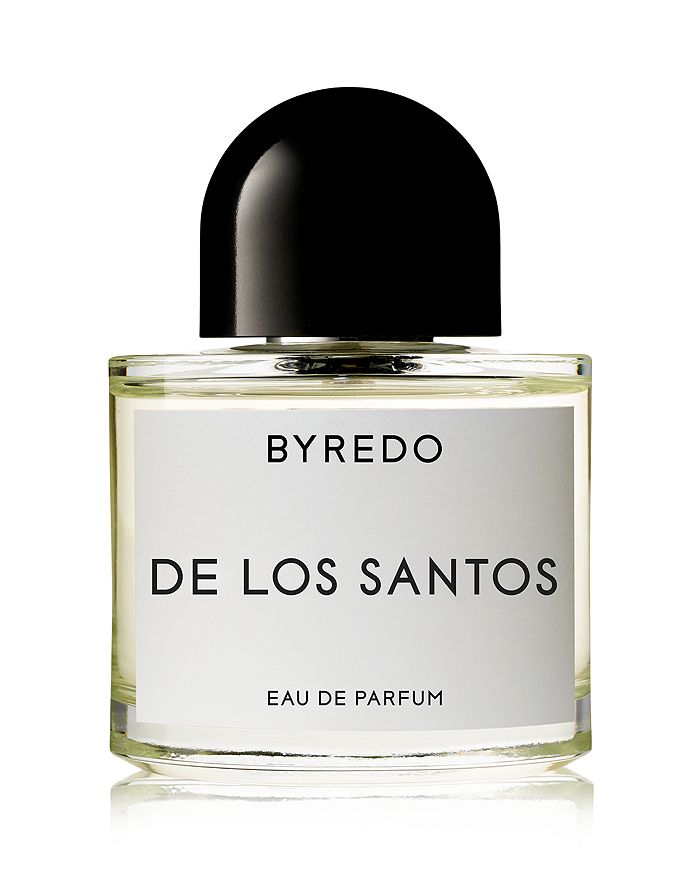
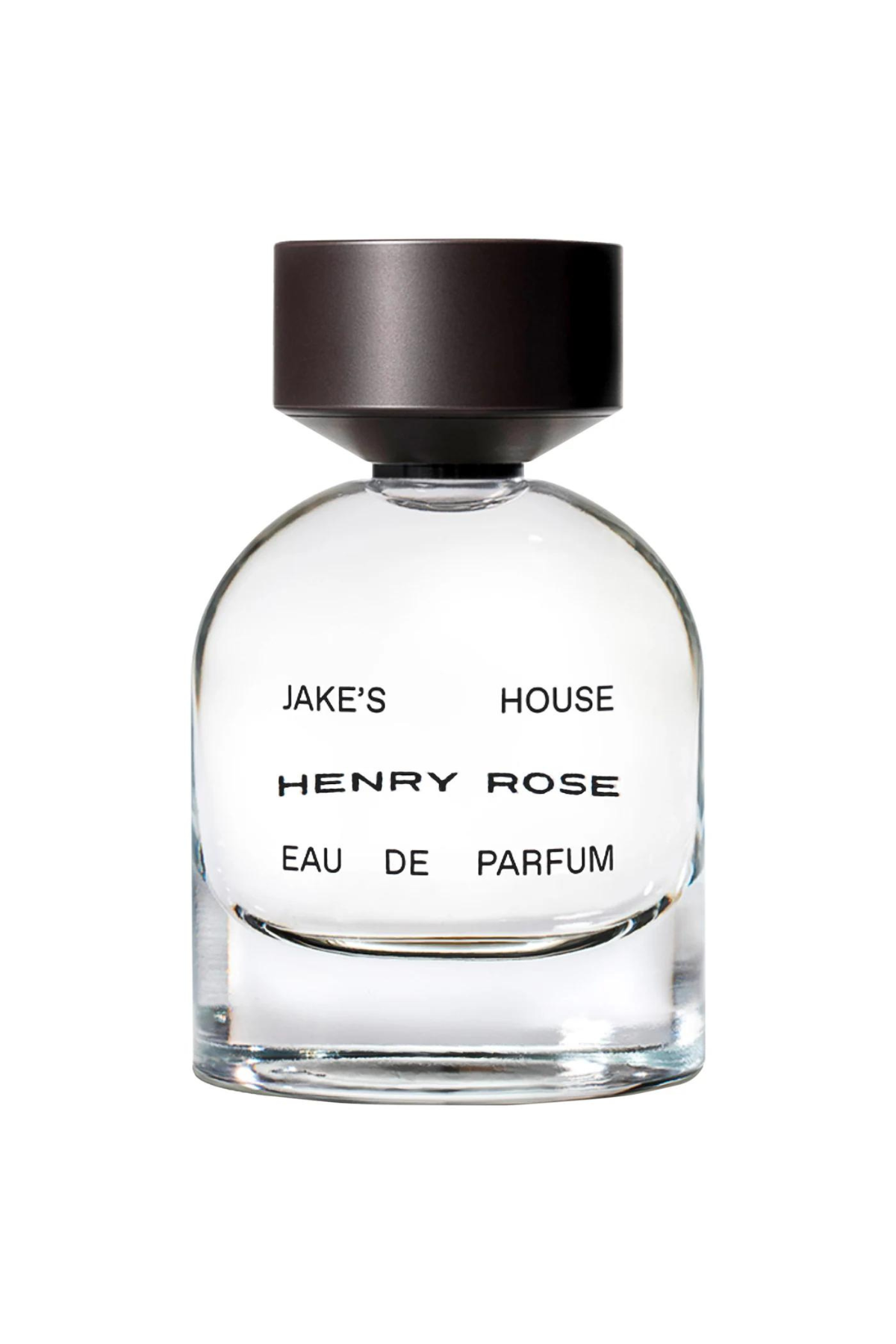
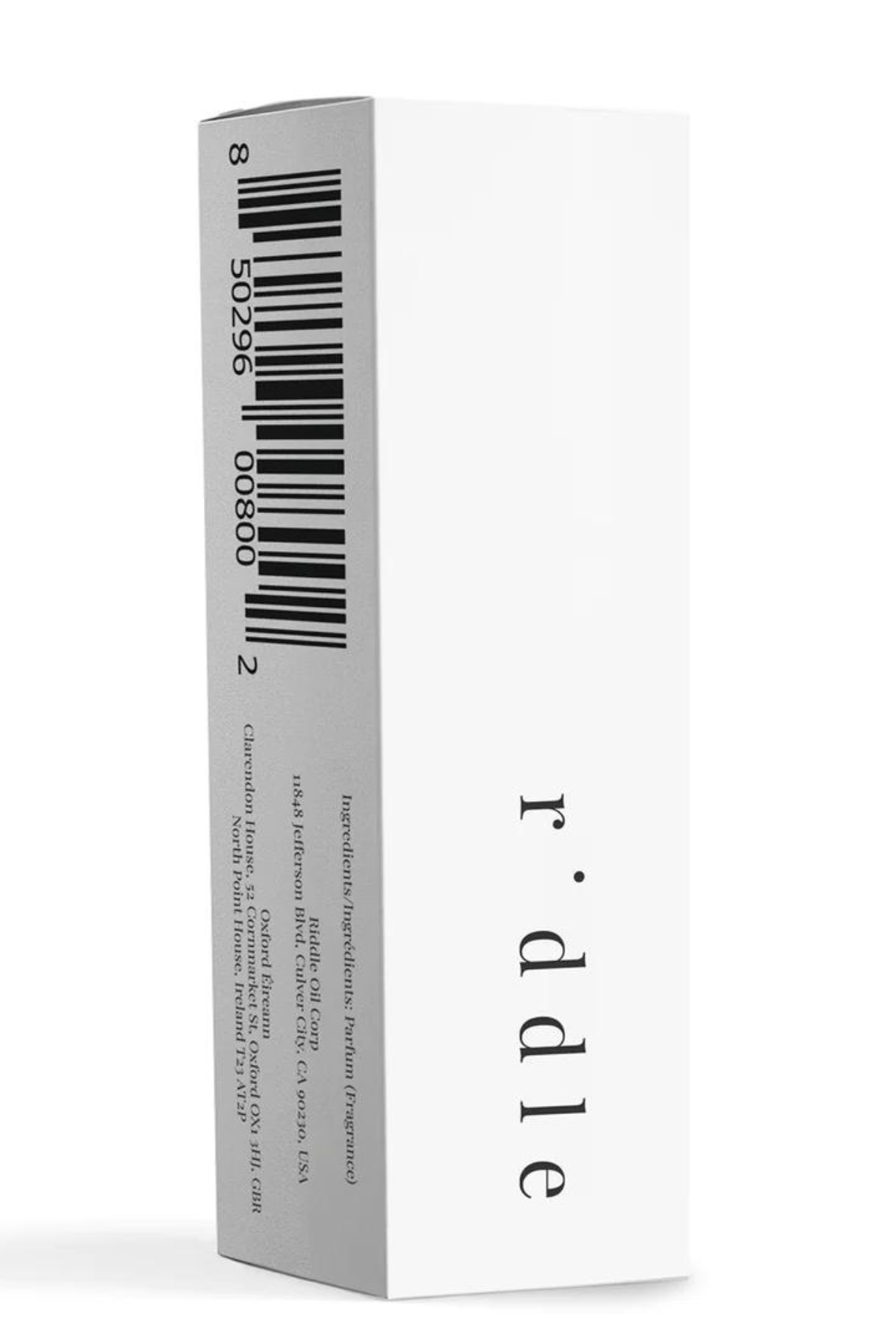
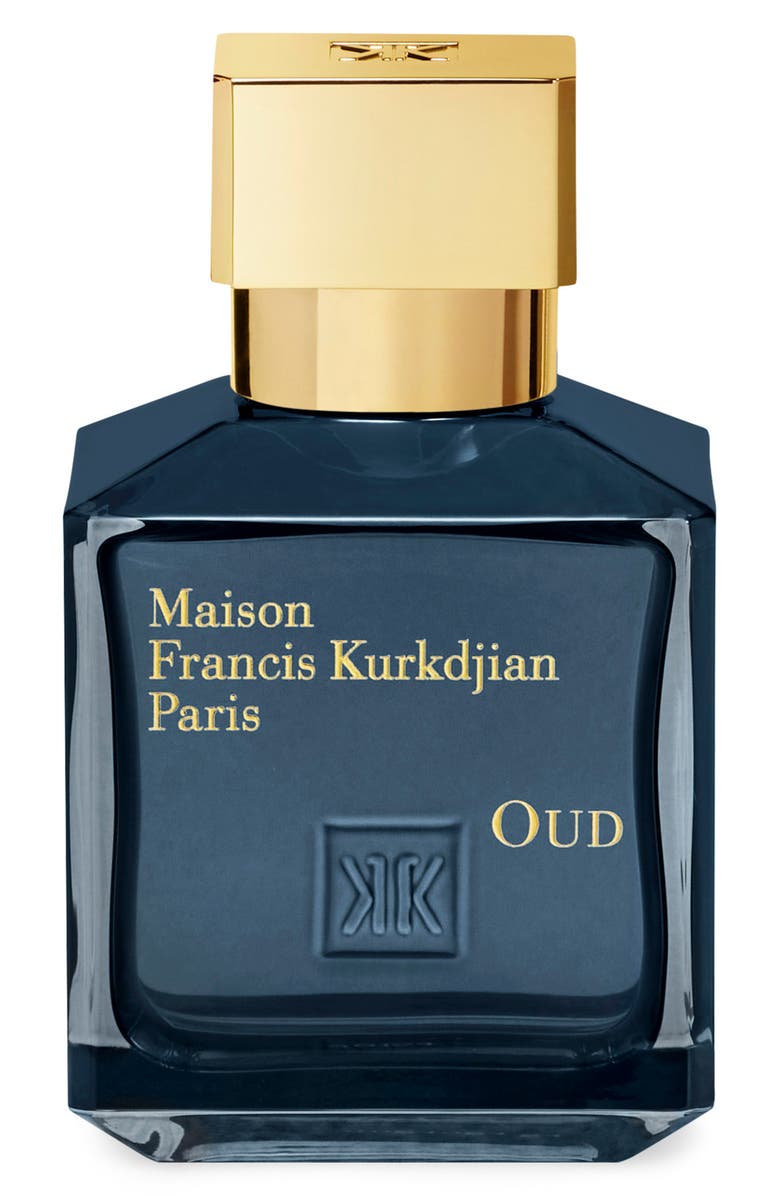
Spray the Right Places
Finally, layering fragrances raises the age-old question of where, exactly, you should spray your perfumes for maximum effect.
"Perfume is best used on pulse points such as the neck, wrists, back of knees," Somer says. "These warm spots on your body emit heat, helping to diffuse the scent."
If you do spray or roll the perfume onto your wrists, she cautions against one popular practice: Don't rub the product together. "This can actually make the scent fade over time," she warns.
Finally, consider the concentration of your scent. Somer advises not to overdo it—but the total number of spritzes is ultimately up to you.







